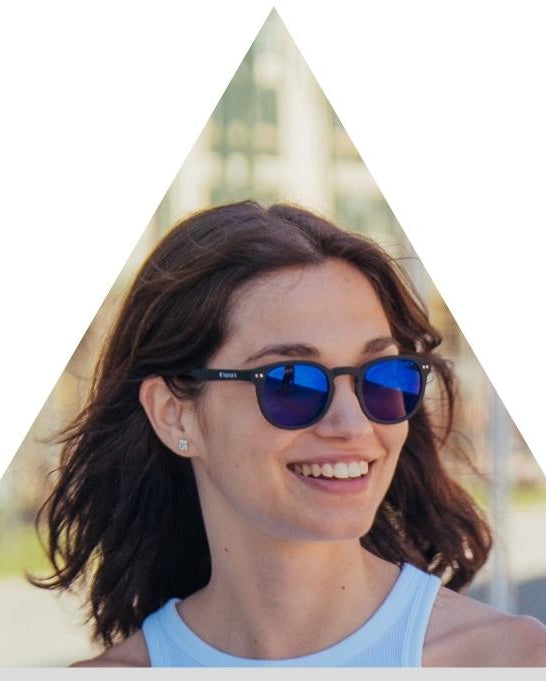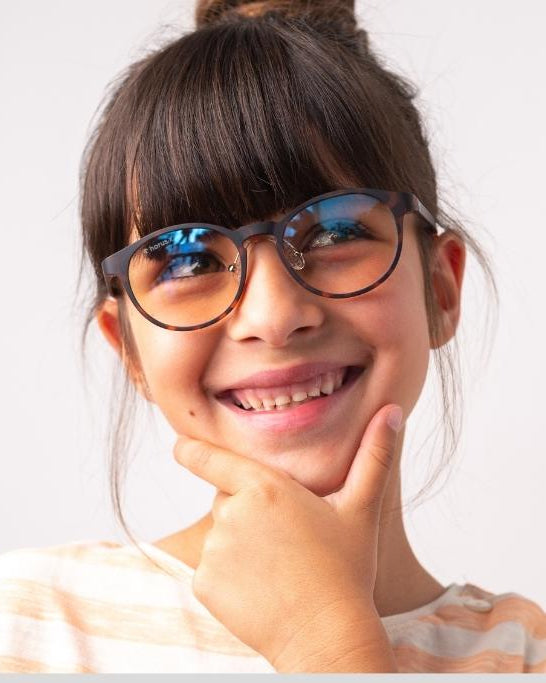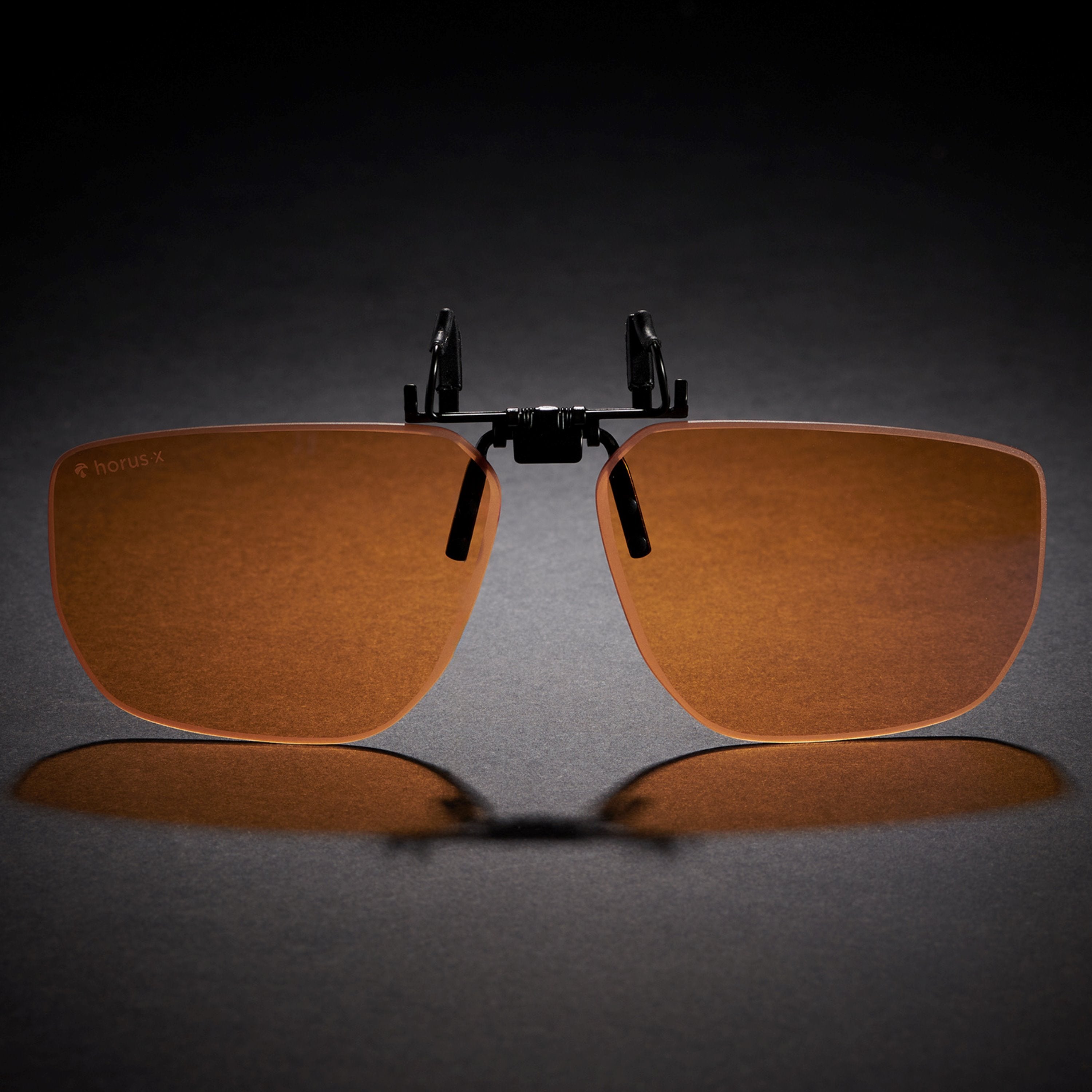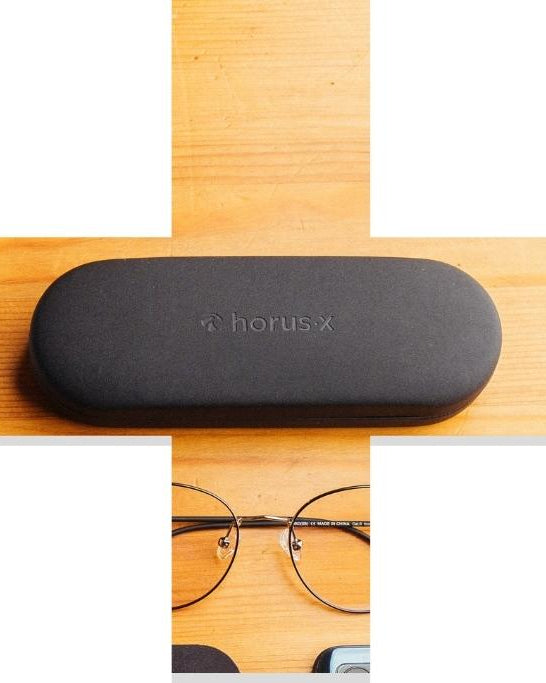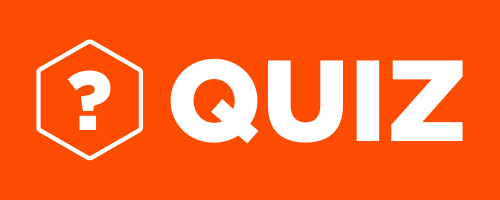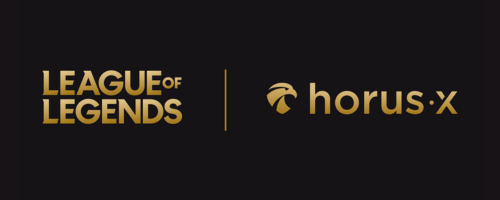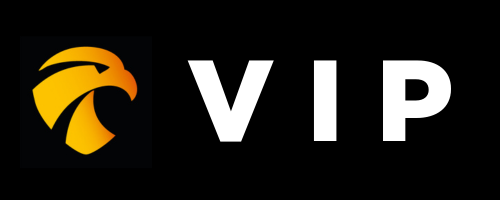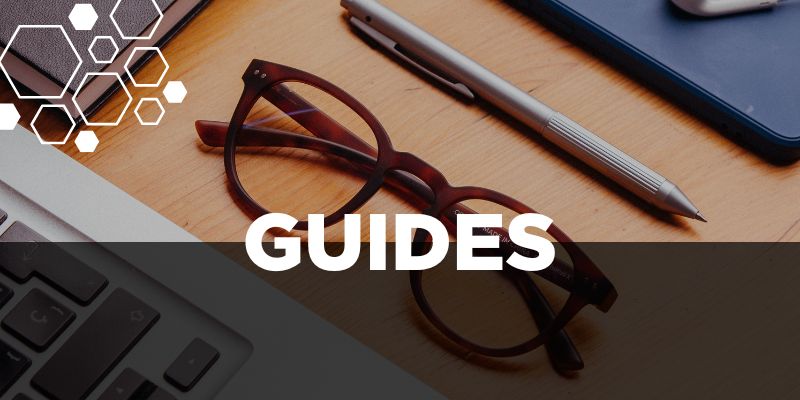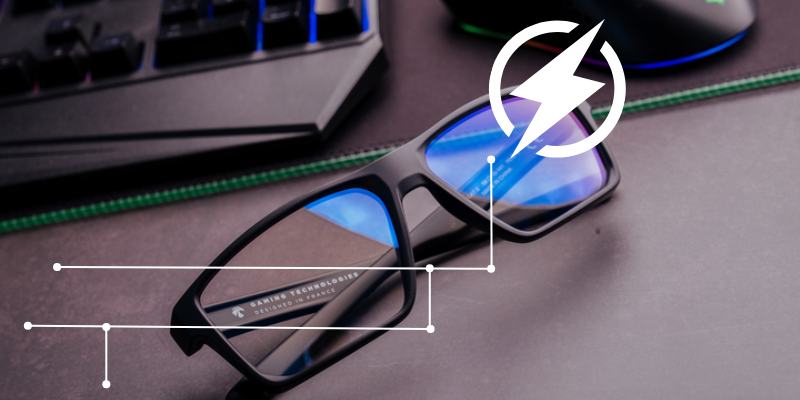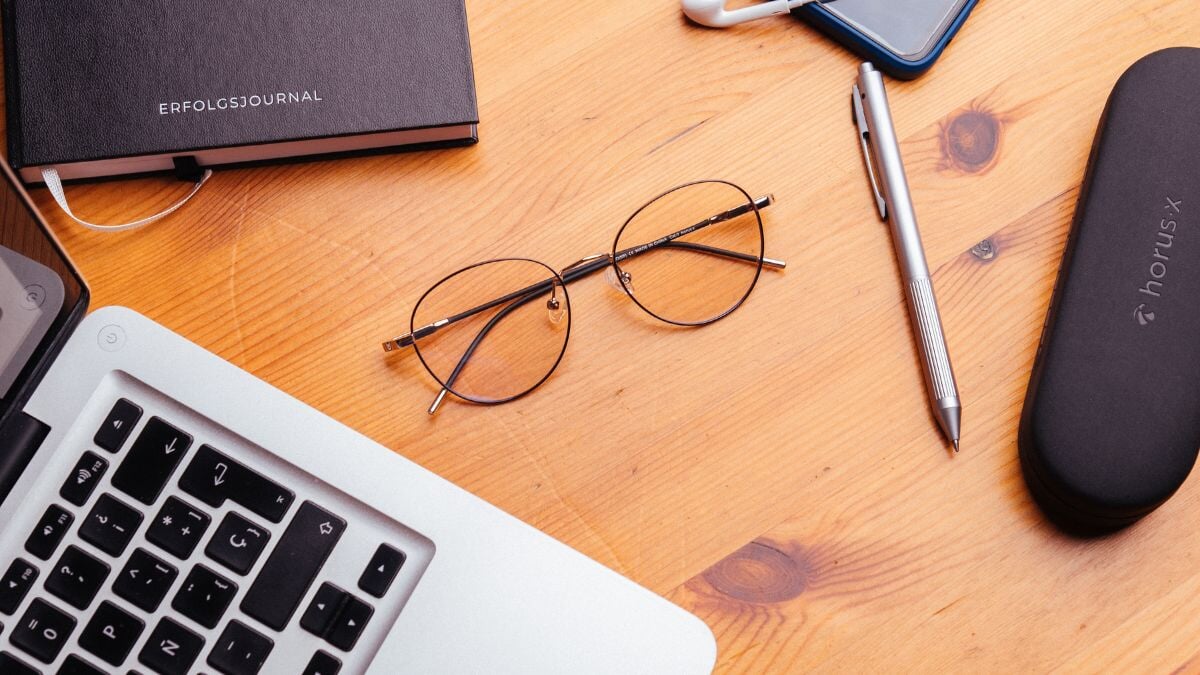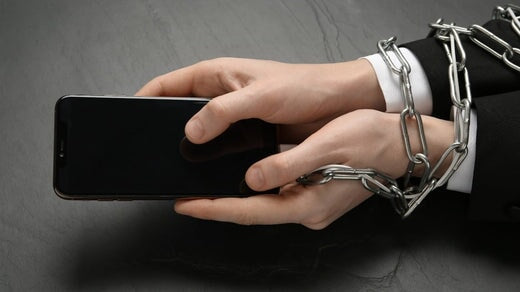Blue light glasses have become widely available in recent years and the number of brands has literally exploded. It has become complicated to know what each brand has to offer and whether the lenses of your glasses are properly performing their eye protection duties.
Fortunately for you, you don't need to have studied optics to be able to tell the real from the fake and understand everything about blue light and find the right blue light blocking glasses for your needs.
So we're going to show you how to test your blue light glasses easily.
⚠️ Warning: This article may contain information that differs from other articles you can read online. Unlike others (sometimes unscrupulous or uninformed) brands, we are not looking to sell at all costs, but are mainly looking to properly address the issue of blue light.
Understanding the blue light spectrum
In order to choose or simply test blue light glasses, it's important to understand what blue light is, why we seek to filter some of it, and what part is important to filter.
🔵 Blue light isn't all good or all bad, and that's what we need to understand. Contrary to what most eyewear sites/sellers would have us believe, the entire blue light spectrum is not harmful!

During the day, the sun emits blue light, this light helps to energize us, boost our mood, gives us energy, so we should not filter it all!
We talk about the beneficial spectrum between 450 and 500 nm.
The harmful part is just above the Ultraviolet (UV) (which are super dangerous), they are located between 380 and 430 nm on the ultra harmful part and up to 450 on the broad harmful part of the spectrum.
🎯 It is on this part that it is necessary to focus!
It is this part, that also comes from LED screens, that it is important to filter.
Now that you've figured out what you want to filter and what you don't want to filter, we'll move on to the topic you're interested in, how to test your blue light glasses.
Blue light filtering glasses | Reflection test
A very simple way to get a first idea at home if your computer glasses are blue light proof or not is to look at the reflection on the lenses of your glasses.
It's not the most accurate way, but it's a good start if you have any doubts!
If the reflection is bluish (like on the Ushuaïa model below), we are on the right track, it means that your lens has received a treatment specially designed to filter or reflect part of the blue light. Without this allowing you to know the level of filtration, an eyeglass that would not have any blue reflection would not have such a treatment.

This test is only a preliminary test to know if your glasses have an anti blue light filter.
Most glasses claiming to be anti blue light can have this feature without offering a filtration worthy of the name.
Let's move on to test number 2 which you can also do at home.
Blue light lenses | Pigment test
Another simple test to do is to look at the pigmentation of the lens (the color).
Indeed, the filtration technology is mainly found inside the glass and you can roughly try to look at that.
To make it very simple, (it's a bit more complex than that) yellow/orange is the complementary color of blue, and to succeed in absorbing a part of the light spectrum, manufacturers work on yellow/orange pigments allowing to cut a part of the blue.
So we are going to look here if we have a yellow/orange pigment which participates in the filtration of the blue light.
For that, you can take the glasses in hand and look at a white surface from a distance. If the glasses are anti blue light, then you should have a color difference through the glasses with a more or less yellow / orange tint (as it is the case here for the famous Stockholm model).

If the background remains white, it usually means that this type of glasses is only equipped with an anti-reflection coating and that they will filter between 5 and 20% of the harmful spectrum!
This pigmentation is mostly light. So a spectacle that looks a little yellow on a white background will not be perceived as yellow when worn near the eyes. Try it out!
Transparent glasses with a little pigmentation do not alter color perception much.
These two first tests allowed us to see if an anti blue light function was present, but not to know if this treatment was effective to protect your eyes! So we'll have to take a closer look.
Checkink real data related to the light spectrum
Here we are going to enter the numbers and the less practical part, we will try not to give you a headache.
Knowing that a device to analyze the light spectrum costs several thousand dollars, we will not ask you to do the test yourself.

Brands have normally tested their products on spectrum of light and have this data available easily.
Those who are willing to do so will be able to provide you with particularly useful information. (Generally speaking, brands are quite opaque (#eyedoctorjoke) on their website or communicate on what suits them, so it is usually necessary to ask them for this information)
We therefore recommend that you ask the manufacturer of your glasses/future glasses for the results of the filtration report of the different lenses they sell.
To make it easier for you, ask in addition to the report, the spectrum filtration results on the following wavelengths:
🔴 380-430 nm, this is the most harmful part of the spectrum, just above UV - We want close to 100% filtration
🟠 380-450 nm , this is the harmful extended part of the spectrum - The higher the better on these wavelengths.
🟢 380-500 nm, the part above 450 nm does not necessarily have to be filtered, it is the good part of blue light, that the sun emits during the day and that regulates our circadian rhythm - here therefore no big performance should be sought, except for the exposure to computer screen (and all other screens really) in the evening where we do not want to disturb our sleep cycle and where a total filtration until 500nm is then important.
You can also ask in a general way the certifications related to blue light. In Europe, this is the EN ISO 12312-1 2013 standard for sunglasses. For the American zone, it is the ANSI Z80.3.
Also ask for the name of the laboratory that certified the product. Many brands might otherwise send you internal reports with no guarantee of what they are putting forward.
Now for the last test, which is actually not a test!
The blue light UV pen
🤔 You've probably already seen this kind of ad where they try to prove in a video with a pen that emits blue light, that their glasses filter blue light!
Lies and slander !
You are dealing with marketers who want to sell, but the reality is quite different!
Nice marketing tool but no results, don't waste your time!
If the brand provides a lazer/pen along with its glasses or uses it as a marketing element, it's either that it doesn't master its product, or that it deliberately lies to us...
Avoid buying glasses on aliexpress directly from China that come with such an accessory... There are standards to protect you, it's not for dogs (though...)

What is the test in question?
The instructions indicate that the pen emits a potentially harmful blue light. To prove this, you can shine the light on the card and you will see that it turns dark.
To check if the glasses filter blue light, you have to put the light through the lens and you will see that the rays are filtered and do not pass through, the card does not blacken.

Why is this nonsense?
First of all, you should know that it is easy to filter UVs and that almost all glasses filter UVs, (tinted glasses or not) especially if they are intended to filter blue light which is located AFTER UVs. UVs are certainly dangerous, but they do not come out of LED screens.
Such pens do not emit blue light, but UV light and therefore violet. The wavelength of the violet light emitted is around 380nm. But here, we are talking about filtering the dangerous blue light that is above 380nm wavelength, and up to 450 nm. So they are not testing the right things!
This test has no legitimacy, ask the seller for a spectrum test report if you want to have the proof that your glasses are doing the job on the RIGHT spectrum.
Bonus : our selection of blue light blocking glasses equiped with the very best blue light blocking lens
Clear lens: For day use, try an all purpose well rounded pair of the famous Urban blue blocking glasses.
Amber tinted lens: For intense use (Gaming, super long excel sheet reports...) and night time use we recommand the Revolution glasses.
Final thoughts : Testing your blue light glasses
Before you decide to buy a pair of blue light blocking glasses, it is essential to test them. If you already have a pair, it is wise to test them, to see if you get a real benefit or if it is time to change and start to really protect yourself in front of a digital screen, do not hesitate to visit our anti blue light collection for that ;)
Protect yourself from digital eye strain / computer vision syndrome (dry eye, eye fatigue, eyestrain, low sleep quality) and other potential long term afflictions (macular degeneration), get a pair of good blue light blocking glasses.
As you have seen, some tests are very simple to do and others require a little more analysis/research.
And don't forget, although blue light blocking glasses are very useful, it's also essential to find more balance by reducing your screen time, especially before bed.
In any case we advise you to keep in mind all the above arguments before buying any glasses; protect your eyes, you only have two!



